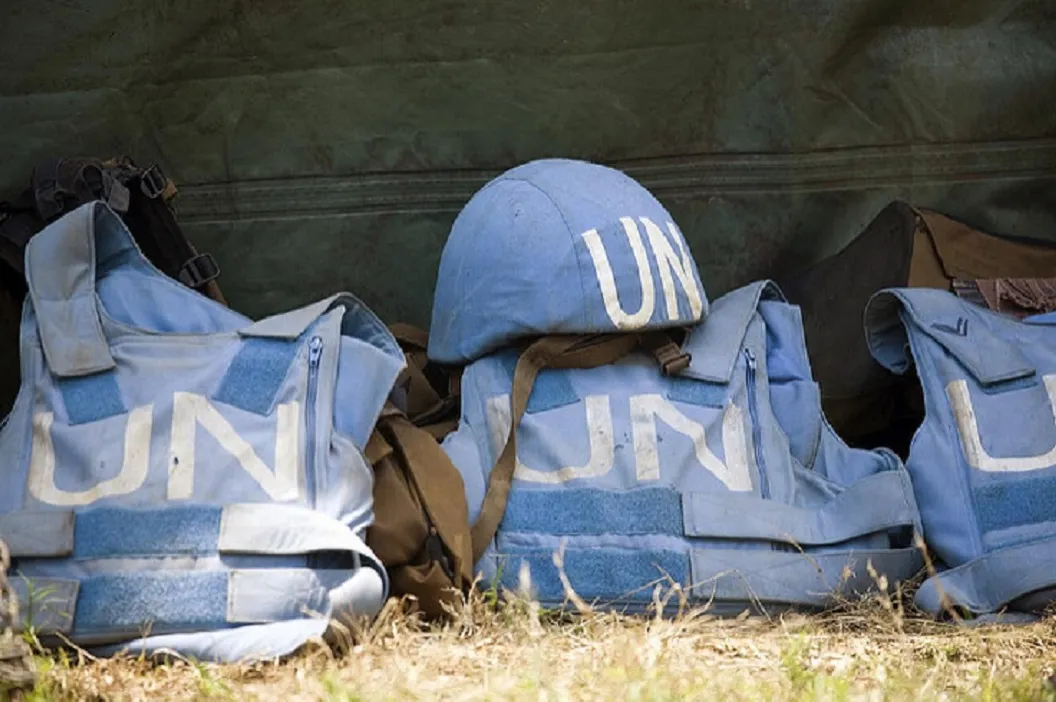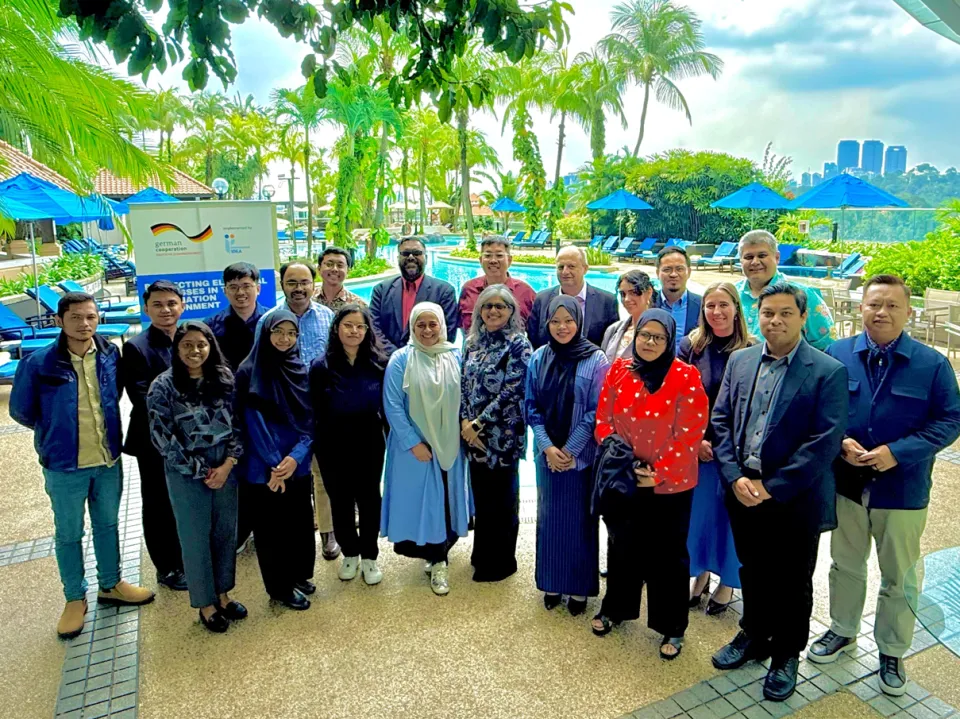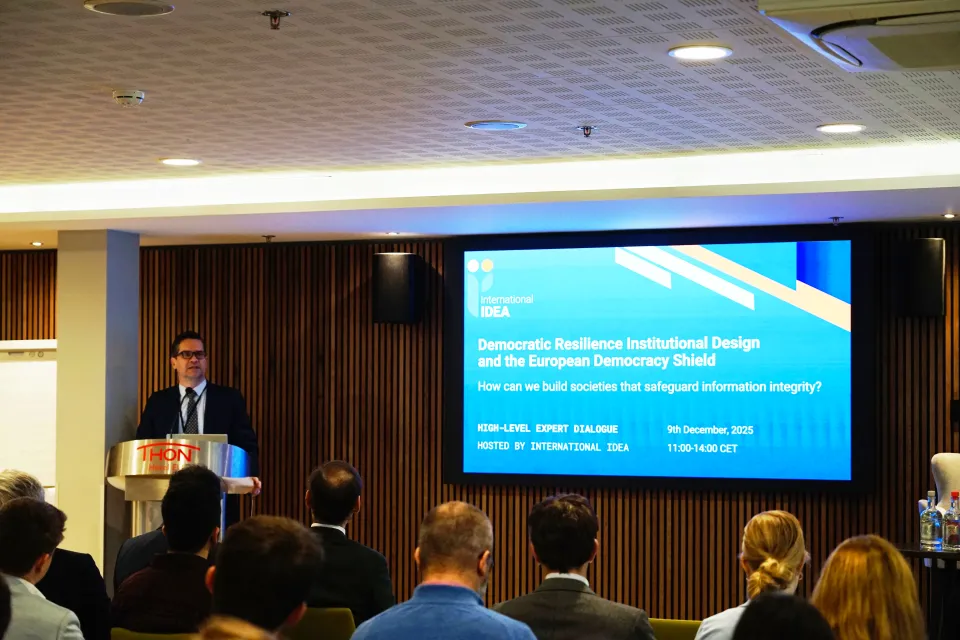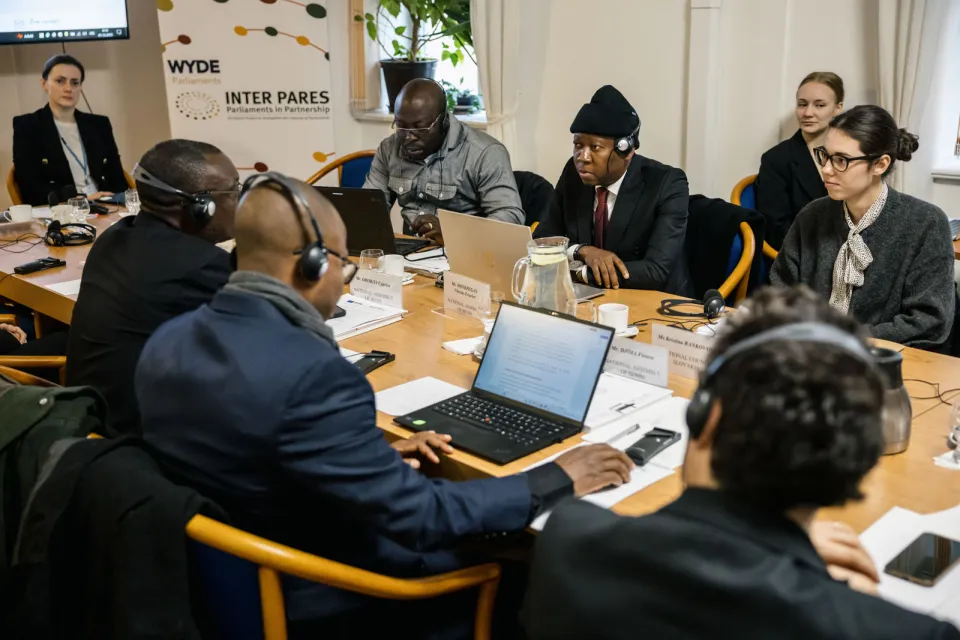Helmets are not enough: What West Africa today tells us about the realities of conflict prevention

Democracy is pivotal in the pursuit for peace. The global conflict-prevention agenda that the UN Secretary-General seems committed to revitalizing is largely based on this assumption. The Security Council’s Presidential Statement of 10 August, which calls for adequate resources for conflict prevention in West Africa, given the region’s prevailing terrorist and organized crime threats, is but the latest reminder that this approach might be more complicated than it seems.
We know that democracy can be messy. In the short-term democratic transitions can lead to instability, and in the long-term democracies are less likely to engage in conflict with one another. The outstanding issue these days, however, is not so much how countries behave outside their borders but rather within, as most armed conflicts are currently intra-state. They are also more difficult to resolve, not least because they are largely fuelled by organized crime and corruption.
In the recent report Pathways for Peace—which provides the main guidelines for the new global approach to conflict prevention—the UN and the World Bank deal with these corruption and organized crime dynamics head-on. The report not only acknowledges how transnational organized crime has become a key engine of instability by sprouting new conflicts and exacerbating existing ones, but how traditional avenues for conflict resolution do not necessarily work in these instances. Instead, the report highlights that these types of conflict dynamics render a new approach that involves fighting political corruption and strengthening accountability.
Indeed, curbing the corruptive influence of organized crime over critical areas of democratic governance, like political parties, elections and public service delivery, is a necessary precondition for resilience in some of the most fragile contexts. This requires a dual strategy that connects the global and the local levels.
Granted, as organized crime is by nature a transnational phenomenon, any coherent approach needs to bring the international community to the discussion. But, while organized crime stretches its arms across borders, it has its feet firmly at the local level. These networks need to control the territories where their production and distribution chains are located, from border to port towns, from poppy cultivation fields to forestry zones. Cities too, given current urbanization trends, are increasingly becoming the new conflict battlefields.
A serious conflict prevention approach that includes organized crime and corruption into the equation thus requires an assessment of these threats at the local level. This is particularly true in contexts like that of West Africa, where, as the Security Council stated in August, conflict prevention is largely a governance issue. The new International IDEA IntegriTAS Threat Assessment System is built under that premise. Only by identifying the spots that are most vulnerable to the influence of organized crime and political corruption is it possible to prioritize conflict preventive actions that strengthen governance and democracy.
This not only makes the approach more effective; it also makes it more manageable. Conflict prevention may entail actions in a myriad of countries and localities that are not yet under the peacebuilding community’s radar. This may, in turn, be a costly affair. By focusing on the zones most at risk, the conflict prevention approach captures the local needs and prioritizes actions accordingly.




